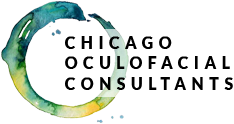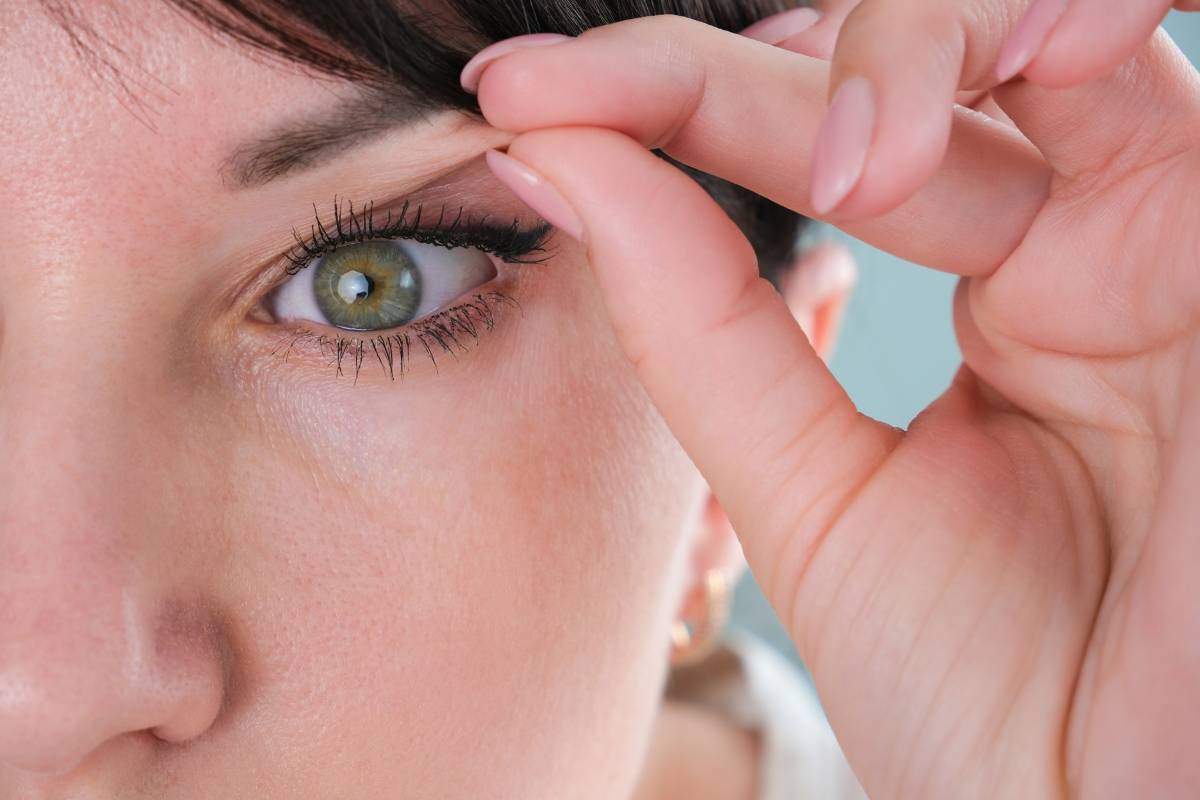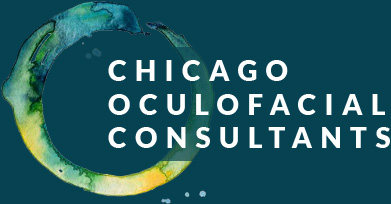Noticing one eyelid starting to droop can be worrisome. At first, it may only seem cosmetic, but over time, it can interfere with vision and daily life. The culprit could be ptosis, a condition with several causes, with nerve damage being the most significant. When this occurs, many turn to an ocular-facial plastic surgeon who specializes in eyelid conditions and ptosis repair. Familiarizing yourself with how nerves influence eyelid movement can help explain why this correlation matters.
What Is Ptosis, Exactly?
Ptosis is the medical term to describe upper eyelid drooping. Severity can range widely; for some, it is barely noticeable, while others find their vision partially obstructed. It can be present at birth or develop later in life. It may affect both eyes, or the condition may only affect one. Fatigue often makes drooping more pronounced, which is why some patients describe it worsening toward the evening hours.
Eyelids Dependence On Nerves
Two common conditions demonstrate how nerve damage can trigger eyelid drooping:
- Oculomotor nerve palsy often causes drooping, sometimes accompanied by double vision or changes in the pupil. Damage to the third cranial nerve may paralyze or weaken the levator muscle.
- Horner’s syndrome: The eyelid can droop mildly when sympathetic nerve fibers are damaged. A smaller pupil often accompanies this on the affected side.
Both conditions can appear suddenly and may signal serious underlying problems, including aneurysms or tumors. That is why sudden onset ptosis is something you should never ignore.
Other Causes
- Aging: As you age, the levator muscle stretches, which makes drooping more common in older adults.
- Trauma or previous surgery: Procedures on the eye or injuries near the eyelid can weaken muscle attachments.
- Muscular or systemic disorders: Conditions such as myasthenia gravis mimic ptosis by interfering with communication between nerves and muscles.
Distinguishing between these conditions requires professional evaluation. If you experience sudden drooping in one or both of your eyelids, consider consulting an oculofacial plastic surgeon.
Signs and Symptoms
Ptosis doesn’t always arrive suddenly. Sometimes it develops gradually:
- Eyelids sit unevenly, with one lower than the other.
- Eyes feel strained, especially after reading.
- The forehead muscles overwork to compensate, causing the eyebrows to sit higher.
- Appearing drowsy even when fully alert.
Diagnosis and Testing
Your physician will examine your eyelid height, check eye movement, and assess pupil response. Imaging studies, such as MRI or CT scans, may be conducted to rule out nerve compression or neurological disease. Blood work sometimes helps identify autoimmune or thyroid-related causes.
When surgical correction comes up, patients are referred to an oculofacial plastic surgeon. These specialists are uniquely trained in both ophthalmology and facial reconstructive surgery.
Treatment
The underlying cause determines treatment. If nerve damage is temporary, recovery may restore eyelid function without the need for surgery. If an underlying condition, such as myasthenia gravis or thyroid disease, is driving the problem, addressing that condition first often reduces the drooping.
When ptosis interferes with vision, the standard solution is often surgery. During ptosis repair, your surgeon tightens or repositions the levator muscle so it can raise the eyelid effectively. Some conditions cause the levator muscle to become too weak; other techniques may be used to support the eyelid using the forehead muscles.
Living With Ptosis
Nerve damage can cause ptosis, and when this happens, it is important to consult an experienced oculofacial plastic surgeon. Eyelid drooping can also indicate a deeper issue; consulting an experienced professional is always the safest course of action. Your surgeon will have the expertise to perform ptosis repair, restoring both function and appearance to your eyelids.
CTA: Restore vision and confidence by consulting with us today!
Reference:
Mayo Clinic. (2023). Ptosis (Droopy Eyelid).


